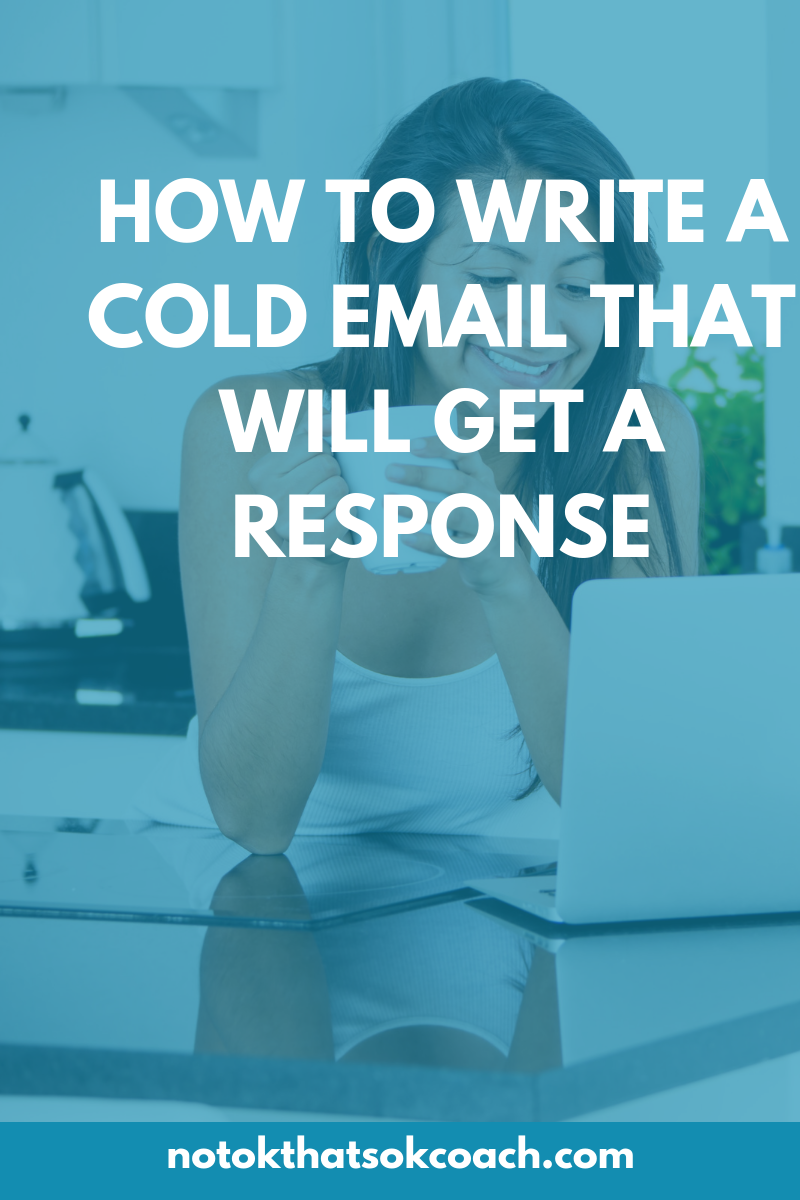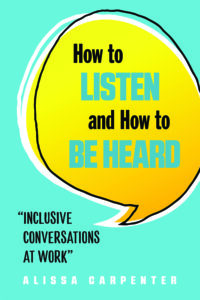Cold emailing is one of the most undervalued ways to connect with people. Many of us are too worried that we won’t get a response and won’t even try but I’m here to tell you… IT’S WORTH IT! This isn’t going to work 100% of the time but is such a great opportunity to network with people you’re interested in connecting with just with a simple cold email.
These emails aren’t the space to ask for jobs or big favors. Their intention is to learn and grow as a professional from people who have done or are doing something you admire. Before you start randomly emailing people follow these 7 steps in order. (HINT: there’s a template in there for you). Follow each step to ensure you aren’t missing anything and unintentionally sending out generic, non-thought provoking emails!
PHASE 1
Make a “Wish” List
As you think about your professional goals, identify people who you admire, thought leaders, and people with skill sets that you are interested in learning more about. I suggest keeping a running excel sheet with these individuals. No person is too “big” to put on the list but keeping the expectation that you might not hear back from people.
Identify Your Goal
Now that you have this great wish list, dig deep and figure out why you want to reach out to them. Are they a thought leader in the field? Work for a company that you admire? Took a different career path? Think about each person on the list separately and write down your specific reason as to why you want to contact them.
Do your research
Google will be your best friend for this one! Take some serious time to find out more information about them both personally and professionally. The more you know, the better your email will come across. Look into publications, quotes, videos, and anything else that would be relevant to this person’s career.
Track down their email
Depending on who you are trying to reach out to their email might be like finding a unicorn so you are going to have to do some digging. Think six degrees of Kevin Bacon kind of research. Do you know anyone who works for the same company? Related? Personal assistant? Think about who might be able to lead you in the direction of getting their contact information.
PHASE 2
Craft Your Message
Identify who you are
This doesn’t have to be long winded but give the recipient a brief overview of who you are and where you are from. Are you a recent graduate? New to an area? Working abroad? Give some facts that might interest them.
Why you admire them and what you know about their career and experience
This is where all that research comes in to play. How did they get to be where they are and why do you admire that? Were you unable to find their career path but have admiration for what they are doing now and are interested in hearing more about that? Be conversational and specific to let them know you spent time to to research and put thought into your contact.
Identify questions
You’ve established who you are and why you admire them and now is the time to ask them a few questions. This will help you set up for your request for a call or to meet in person. They should not only know that you admire them but what types of information you’re interested in learning from them. This is not the place to ask for a job or make any demands and is the opportunity to ask questions to grow as a professional.
Give a clear call to action
At the end of the email you want to close with a clear call to action with:
- What you want them to do
- How they can contact you
Here’s a template that you can use that brings it all together:
(Name),
My name is ____, and I am (profession) living in (location). I am inspired by your work in (x field) and have enjoyed following your professional journey. Your (article/story/video) in (publication) has motivated me to (your motivation). I am sure your schedule is hectic but would welcome the opportunity for a 15 minute call. I would be interested in learning more about your professional experience and any advice you may have for a new professional.
Please suggest dates and times that would work for you and I will make myself available. Thank you again and I look forward to our conversation.
Best,
(Your Name)
Identify a “catchy” subject line
The subject line is the first thing people use to decide if they want to even open your email. Now is the time to be professional, personable and a little creative. I usually create the subject line after the email so it matches the tone and the content. If you write the subject line prior to the actual email it might come across generic and impersonal.
PHASE 3
Follow-Up
We’re all human with busy schedules and sometimes emails just get lost. We have all been known to read an email and then forget to respond. If someone doesn’t get back to you right away, it doesn’t mean they aren’t interested in speaking with you but it may take a few follow ups to get through. I like to call it “politely persisting.”
Follow up a week after your initial email and then set up a reminder to follow up every two weeks. This might come across as a little bit annoying but it will also show you are committed and interested in the conversation. Your follow up emails can have a different spin to them, for example:
- Share research you found that might be of interest to them
- Give a compliment (with sincerity) about a recent article they were quoted or featured in
- Wish them a happy birthday or happy holidays (when appropriate)
Emails should be genuine because if they aren’t that will shine right through!
Don’t lose sight of your goals
Not everyone will get back to you and that’s OK! But try to not lose sight of why you reached out to them in the first place and search for additional contacts. You can always circle back in the future and this is not a sign that you won’t be successful or a reflection of you personally.
What tricks do you have to get responses on cold emails?
- Cultivating Relationships - July 20, 2021
- Empowering Our People - July 13, 2021
- Finding Purpose - July 6, 2021





Great tips! I would stress that you may have to follow up like 7 times to get a response! Which may feel weird but it’s worth its!
Yes! It might be annoying but if you want someone to respond it might take a TON of outreach!
This was so helpful! I am really nervous sending emails but this breaks it down. Thank you!
Thanks so much Sam! I’m glad you enjoyed it!
Giving a clear call to action is important. If people don’t know why you’re asking to talk they will be lost. Great post
Exactly Dee! If they don’t know what you want and how to follow up… what’s the point?!?
I really appreciate this advice. I have something I would like to do soon that will require some cold emails so this is very helpful! Thank you!
I am excited to see what project you have in store Kristin!!
These are great tips! Cold emailing can be so hard to get the hang of.
Thanks so much Alison!
This is such great advice! I’m always nervous about writing cold emails, but you gotta do what you gotta do. And these are some amazing tips to keep in mind. 🙂
Thanks so much Tami! I still am a little nervous but you never know if you will get a response if we never try, right?!?
Nice post! Super helpful and insightful. 🙂
Thanks so much!
This is exactly what I have been looking for! I’ve been nervous about col-emailing and I have done it but I’ve been afraid I’ve been doing it wrong. Thanks for the great advice!
Of course and please let us know how your cold emailing goes!!
These are great tips! Can’t wait to implement them in my current emailing process.
Keep up posted on how it goes Natalie!
nice tips, thank you for posting this 🙂
Thanks so much! Have a great day.
Thanks for breaking it down so well! Really appreciated the framework and templates 🙂
I am so glad it was helpful Joel!